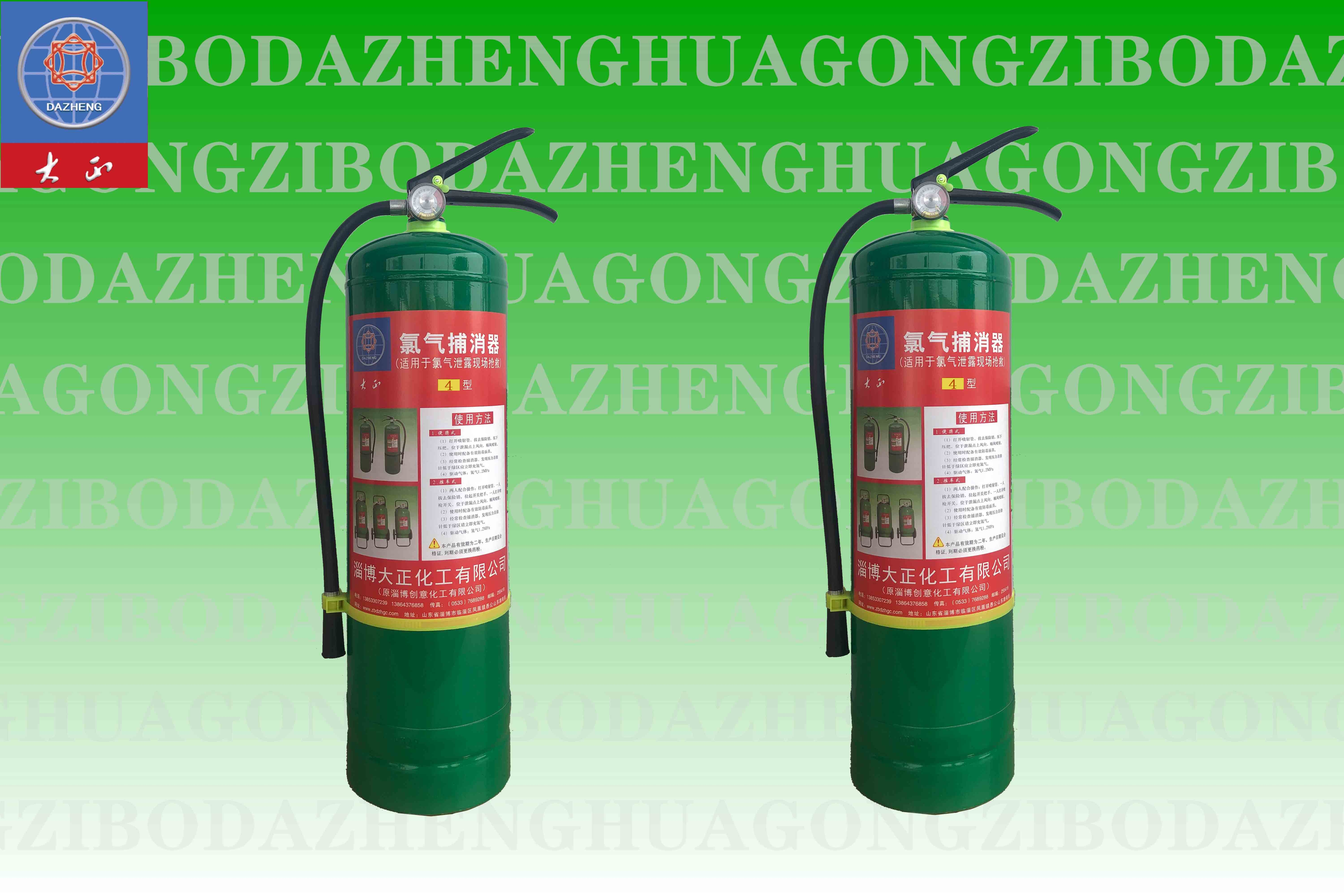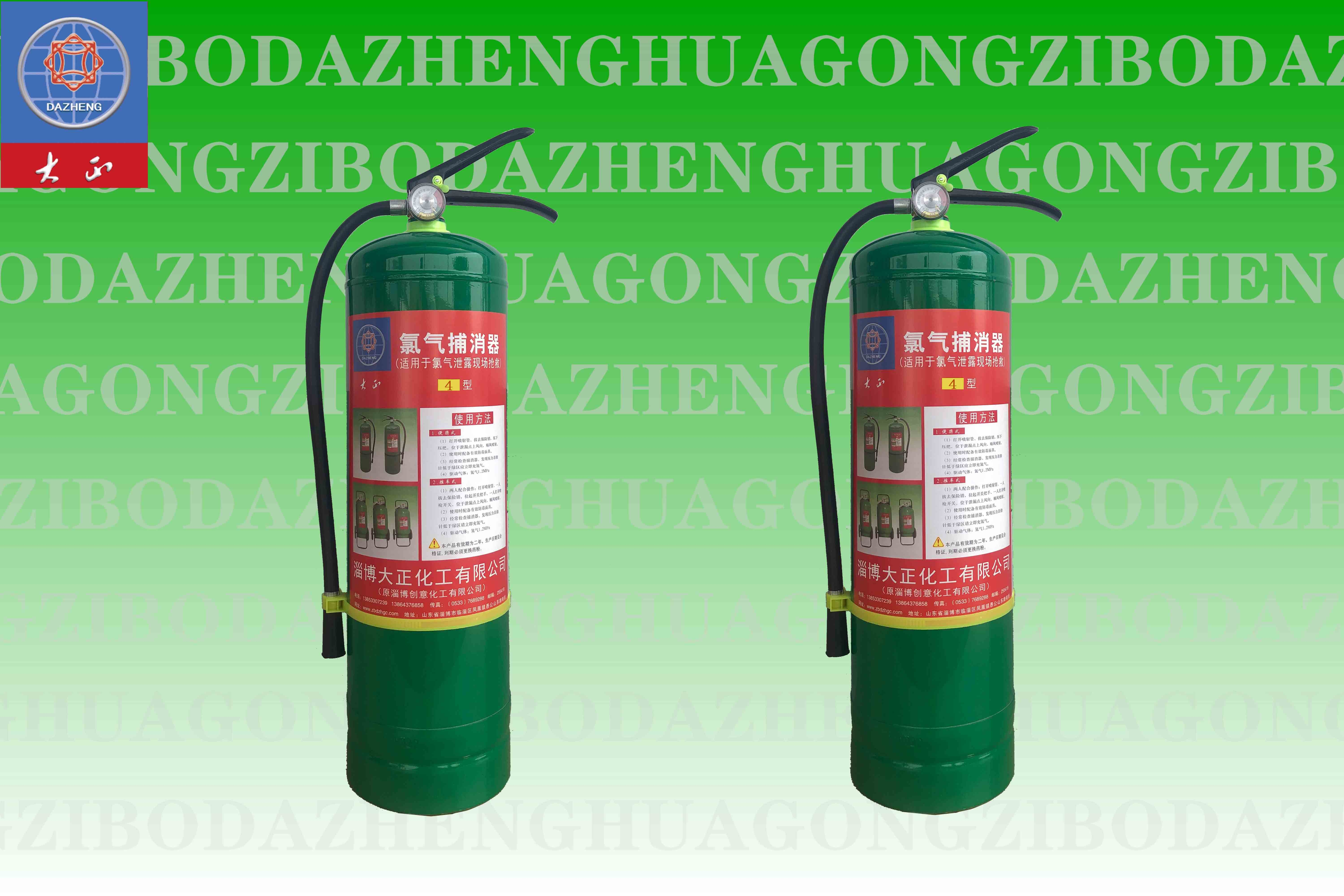Chlorine is a toxic and harmful chemical with strong irritancy and corrosiveness, and appropriate measures should be taken to select the disinfectant in case of leakage. According to different occasions and situations, the following are some recommended schemes for chlorine leakage.
Industrial environment: In industrial environment, chlorine leakage usually occurs in chemical plants, pharmaceutical plants or storage facilities. In this case, the following additives can be selected:
Water: spraying a large amount of water on the leakage source can quickly dilute chlorine and reduce its concentration. At the same time, the steam of water can react with chlorine to generate hydrogen chloride and hydrogen hypochlorite, which are relatively stable and not easy to volatilize and diffuse.
Alkaline substances: such as sodium hydroxide or calcium hydroxide, can neutralize the acidity of chlorine and reduce its harm to the surrounding environment and human body.
Laboratory or school teaching laboratory environment: In the laboratory, chlorine leakage usually occurs in the case of rupture, failure or operation error of chemical reagents or experimental equipment. In this case, the following disinfectants can be selected:
Water: pour water into the container for storing chlorine, dilute and cool it quickly to reduce the release and diffusion of chlorine.
Activated carbon: sprinkle the activated carbon powder around the leakage source, and the activated carbon has high adsorption performance, which can absorb chlorine molecules and reduce their concentration in the air.
Home environment: In the home environment, if chlorine leakage occurs, the following disinfectants can be used:
Water: pour a large amount of water on the leakage source, and use dilution to reduce the concentration of chlorine. At the same time, the leakage source in the home is usually small, and the steam of water can play a role in controlling.
Ketogen or Shuding gas: These two substances can be purchased in the market, which can quickly neutralize chlorine and reduce its harm to the surrounding environment and human body.
In any case, the following principles should be followed for the treatment of chlorine leakage:
Rapid evacuation: In case of leakage, the safety of personnel shall be ensured first, and the leakage area shall be evacuated quickly to avoid exposure to toxic gas environment.
Timely alarm: alarm to relevant departments through the alarm system or telephone for emergency treatment.
Wear personal protective equipment: When dealing with leakage, it is necessary to wear appropriate personal protective equipment, such as respirator, protective glasses, protective clothing, etc., to avoid inhalation of toxic gases or contact with corrosive substances.
Guided diffusion: after evacuation, chlorine can be guided to spread to the outside or well ventilated areas by closing doors and windows, setting temporary closed barriers and other measures.
Ask professionals to deal with: for a large or complex chlorine leakage, professionals from relevant departments should be contacted in time to deal with it, so as to ensure the safety and control of the accident.













